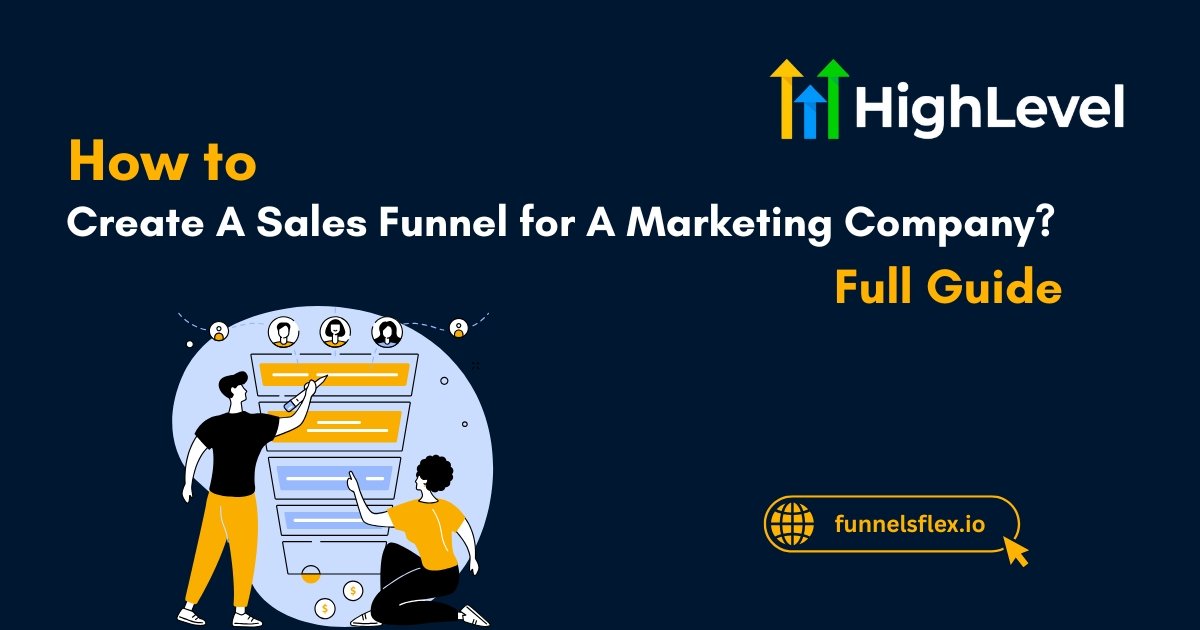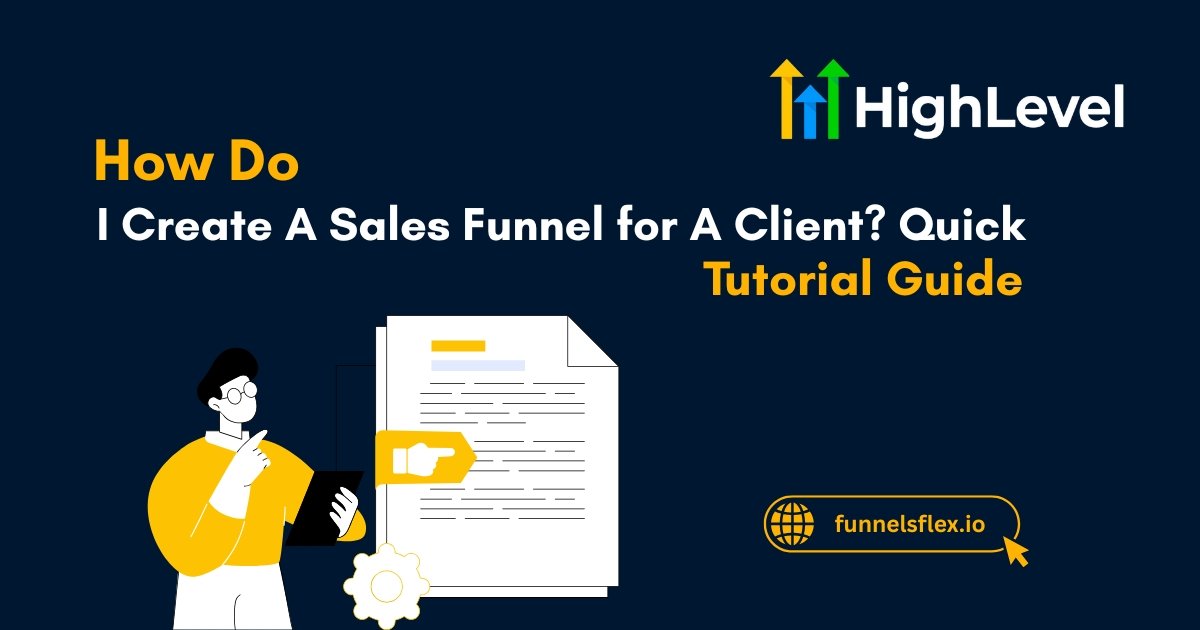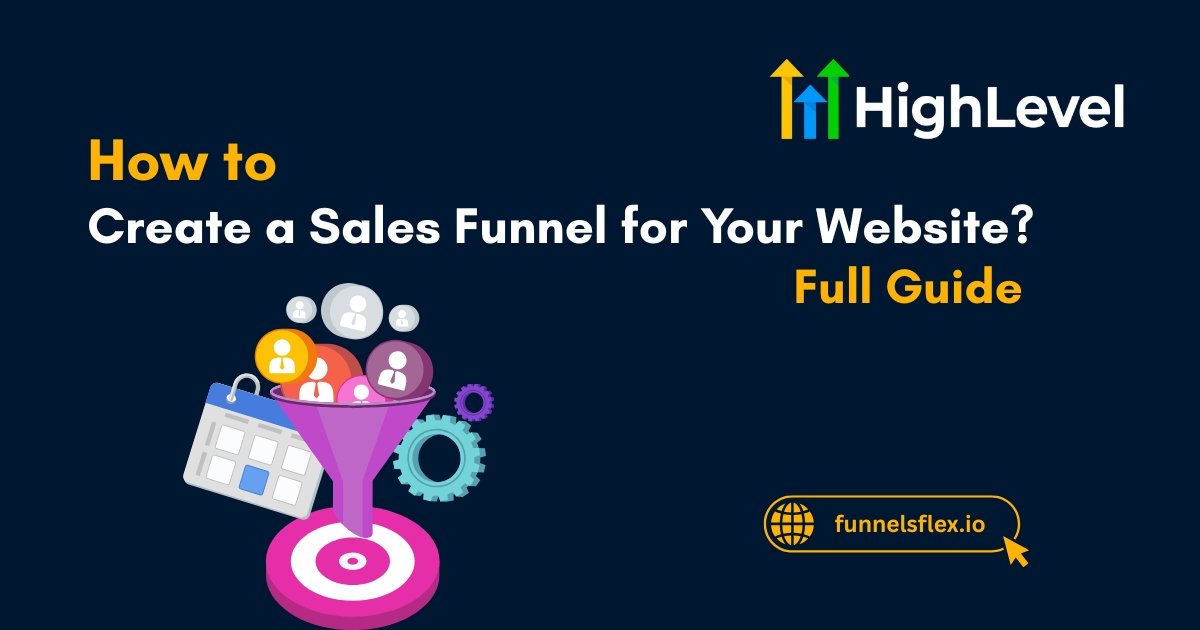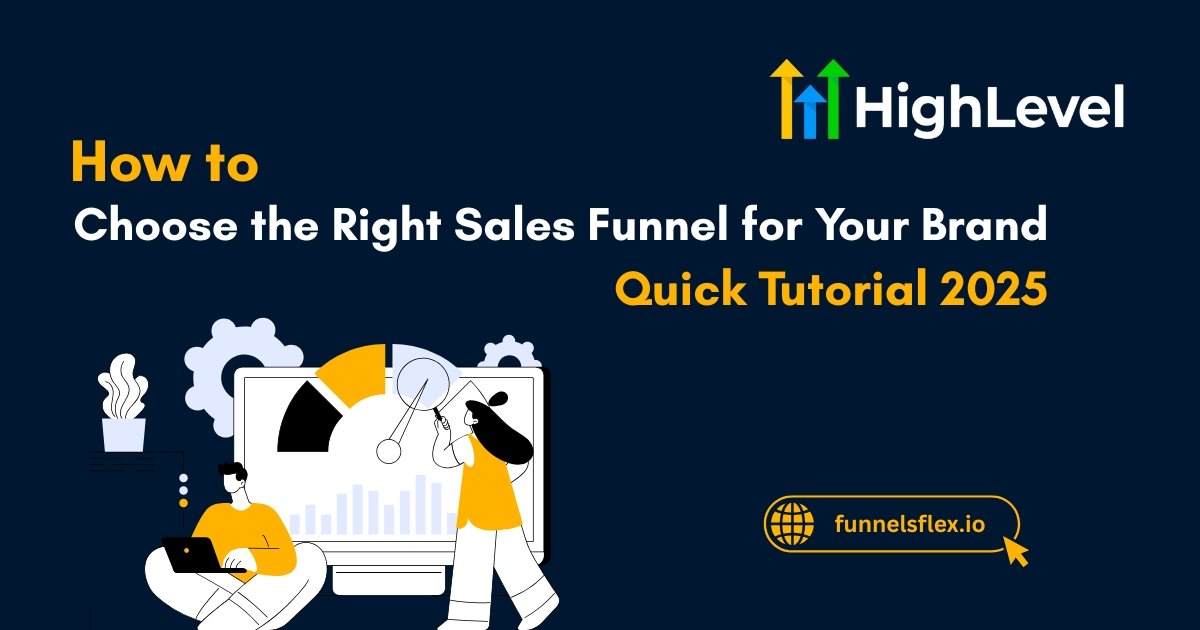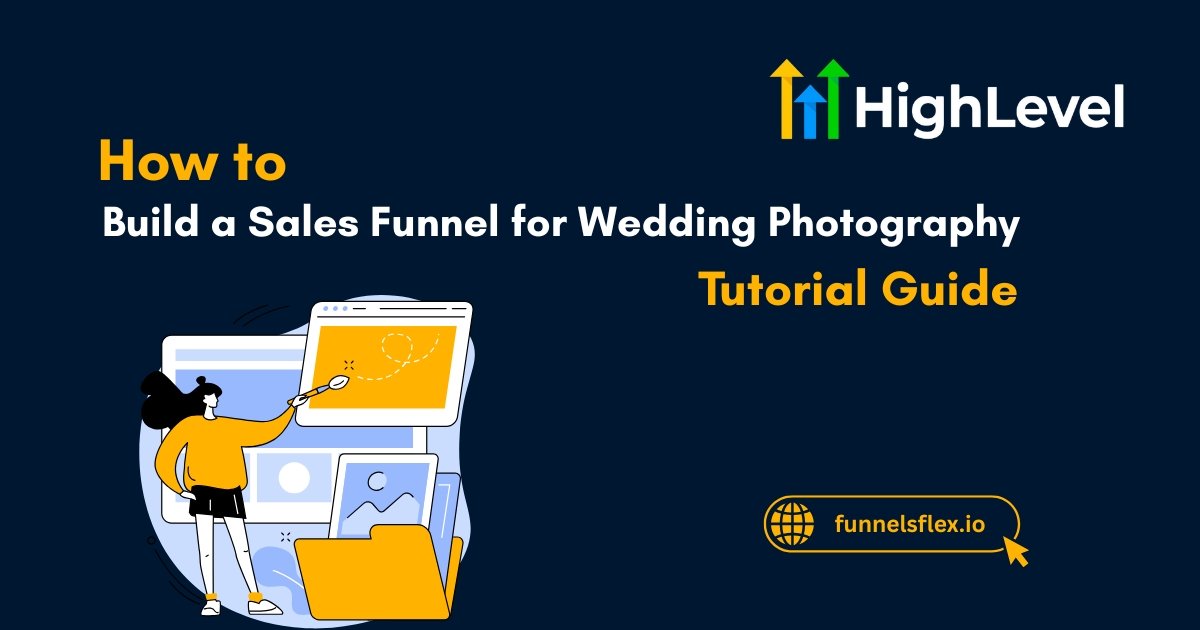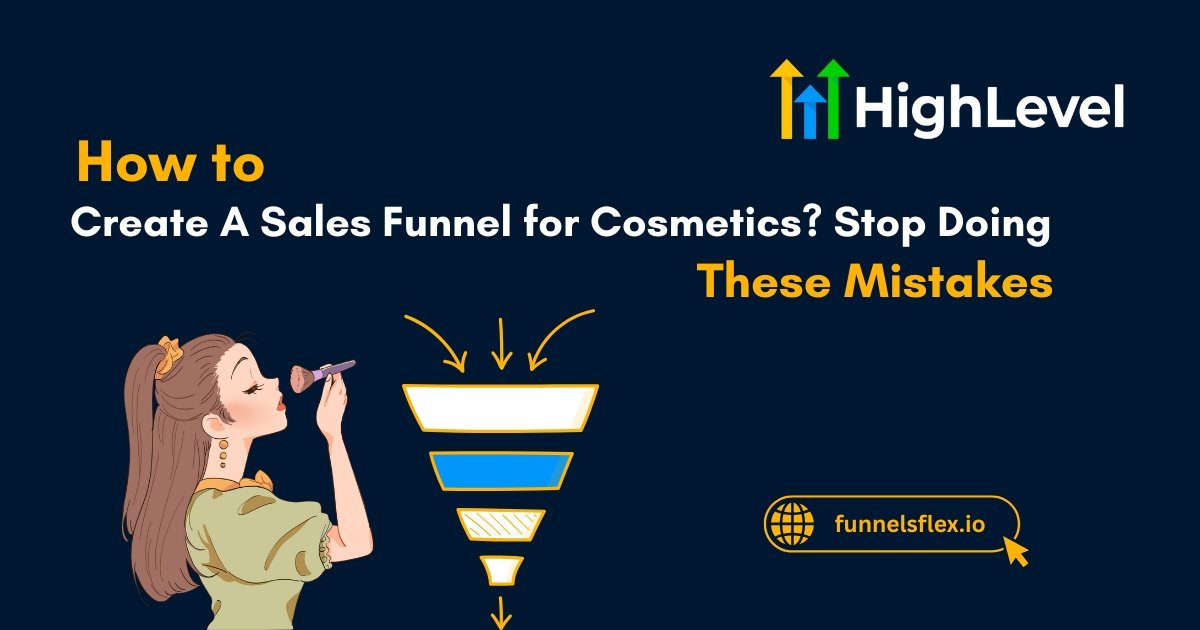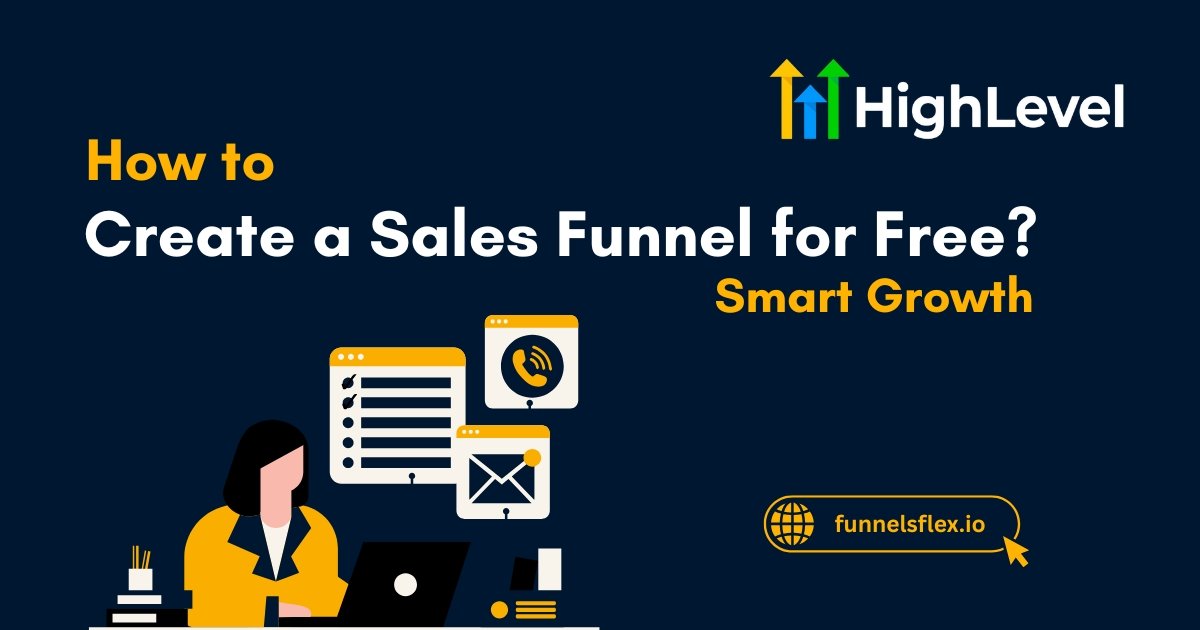How to Create A Sales Funnel for A Marketing Company? Full Guide + Advanced Strategies
Creating a sales funnel for a marketing company is more than setting up pages and emails. It is a carefully crafted path that guides prospects from curiosity to commitment. Every step matters. Every interaction counts.
How do you capture attention and spark interest at the same time? How do you turn casual visitors into loyal clients? The answer lies in strategy, timing, and understanding human behavior. And that is exactly what a sales funnel offers.
This guide will show you how to build a funnel that works. You will learn how to attract the right prospects, nurture engagement, and convert interest into action.
Key Takeaways
Understanding How A Sales Funnel Work
A sales funnel is more than a path to a sale. It is a journey designed to guide decisions and build trust. For a marketing company, it acts as both a roadmap and a growth system. Every touchpoint matters. Every interaction nudges a prospect closer to action.
Think of it as a network of moments. Emails, landing pages, videos, and resources all work together to educate, reassure, and persuade. Timing is key. The right message at the right moment can make a decision feel effortless.
A well-thought-out funnel blends creativity with strategy. It combines storytelling, psychology, and data-driven insights. Each step has a clear purpose and measurable outcome. This is how curiosity turns into commitment.
Why Funnels Matter for Marketing Companies
Marketing companies face a crowded, competitive market. Prospects compare multiple options and expect proof of expertise. A smart funnel gives you an edge by guiding leads at every stage. Here is why it matters:
Pro Tip
Trigger messages when a user spends a threshold of time on a critical page, revisits resources, or engages with multiple touchpoints. These signals allow you to intervene precisely when motivation is highest.
Stages of An Effective Sales Funnel
A marketing funnel guides prospects through a journey. Each stage has a clear purpose. The goal is to attract, engage, convert, and retain. Timing, messaging, and relevance are everything.
Funnels aren’t just strategy – they’re growth. Discover templates that create clear, results-driven paths for every prospect.
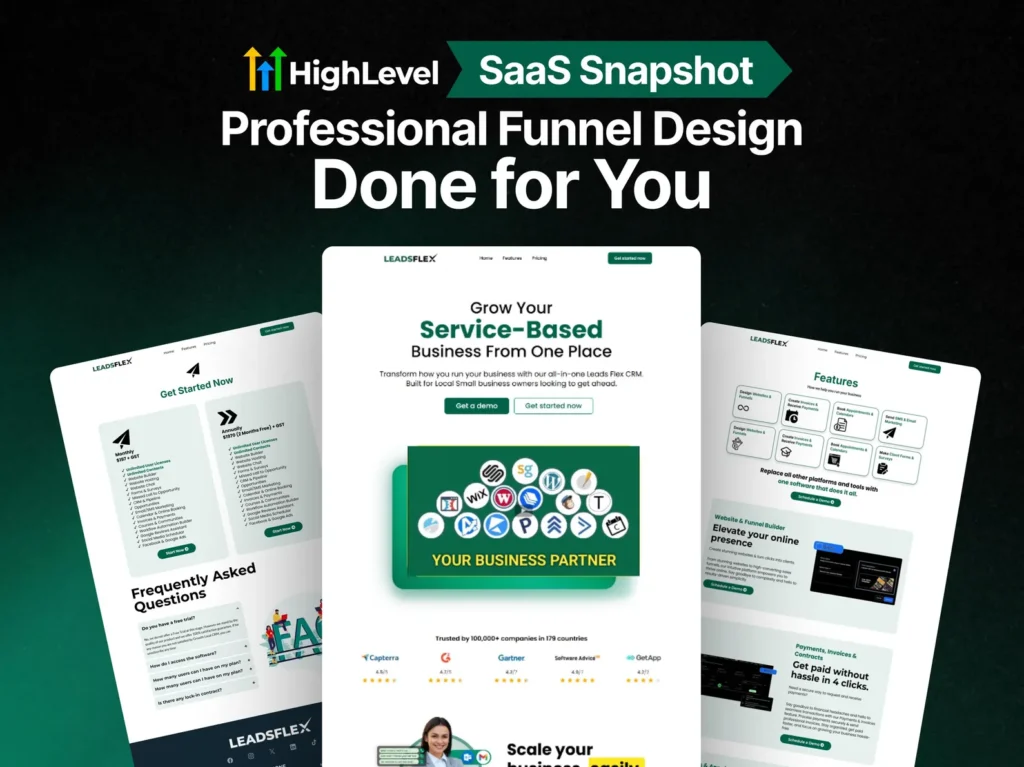
How to Build a Funnel for a Marketing Company
Success comes when your funnel is strategic, personalized, and adaptable. Here is how to create one that actually sells and addresses people’s concerns.
Audience Discovery
Start by understanding the people you want to reach. What keeps them awake at night? What motivates their choices? Surveys, interviews, and analytics reveal patterns that raw data cannot.
Personas are your secret ingredient. Map out fears, desires, and triggers. When you know the audience, every message lands stronger.
Journey Mapping
Visualize the path from first impression to repeat client. Where do prospects pause? Where do they lose interest?
Outline every interaction, including emails, social posts, webinars, and resource downloads. Identify gaps and friction points. This stage is where strategy transforms into actionable insight.
Asset Creation
Now it is time to build tangible touchpoints. Landing pages, email sequences, lead magnets, case studies, and videos all have a place.
Each asset should push the journey forward, not distract or confuse. Use clear, compelling language and design that communicates authority and value. Every element must answer questions before they are asked.
Automation and Tracking
Automation makes your funnel work while you focus on strategy. Connect your CRM, email marketing, and analytics to track behaviors, clicks, and engagement.
Automate follow-ups, onboarding, reminders, and nurture sequences. Without tracking, insights vanish. With it, you understand the path each prospect takes and adjust before they falter.
Iterative Optimization
No funnel is perfect on day one. Test headlines, CTAs, visuals, and sequences relentlessly. Split test emails, page layouts, and offers to find what resonates.
Use behavioral insights to fine-tune the flow. Small adjustments compound into significant performance gains. Share results with your team and clients. Make optimization a continuous, living process, not a one-time task.
Multi-Dimensional Nurture
Think beyond conversion. A marketing funnel can be a long-term engagement system. Introduce clients to additional services, resources, and community opportunities.
Micro-actions – watching a video, joining a webinar, sharing content – build familiarity and trust. Layer interactions across channels so prospects feel guided, valued, and informed.
Feedback Loop
Collect feedback at every stage. Ask clients what resonated, what confused them, and what drove decisions.
Feedback is raw intelligence that guides improvements. Combined with analytics, it creates a dynamic system that evolves with audience needs.
Funnels don’t have to be complicated. Check out templates that simplify the process.
Pro Tip
Analyze sequences of actions rather than individual clicks. Identify momentum patterns – the points where engagement spikes or drops. Then, strategically insert content or nudges that maintain momentum.
Advanced Funnel Strategies for Marketing Companies
Every marketing agency uses sales funnels, but only a few exploit the hidden levers that drive exponential results. Here are some of our recommended strategies you should incorporate into your funnel:
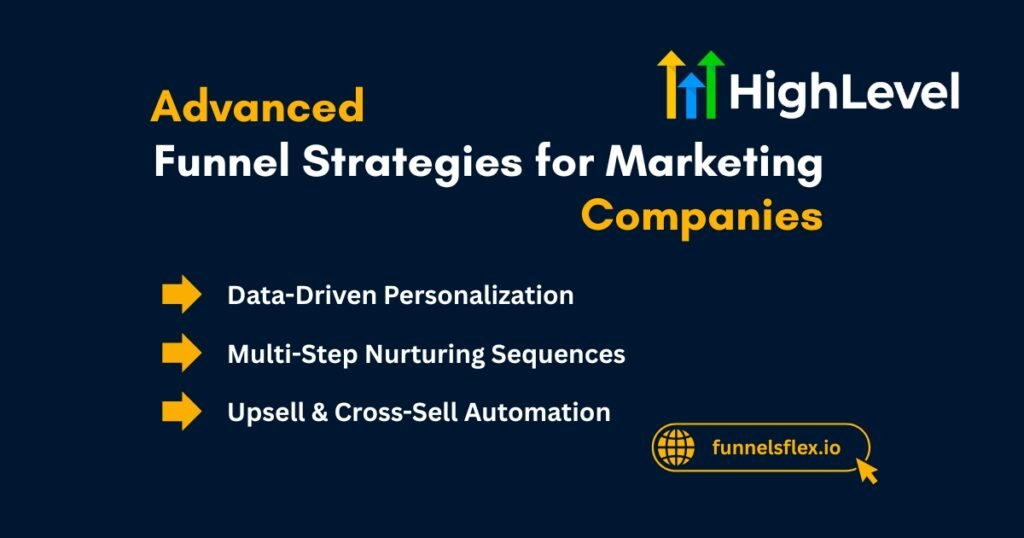
Predictive Prospect Scoring
Move past simple lead qualification. Use micro-behavior tracking to anticipate intent. Every scroll, click, or interaction can indicate readiness to buy.
Machine learning models can assign scores dynamically, so your funnel focuses only on high-potential leads at the right moment. This reduces wasted effort and accelerates conversions.
Layered Engagement Paths
Most funnels are linear. Break the mold with parallel paths. Offer multiple engagement streams based on prospect behavior – interactive quizzes, chat-based consultations, resource bundles, or live demos.
Each path adapts in real-time to the user’s interests, increasing engagement without forcing the same sequence on everyone.
Cognitive Framing Triggers
Leverage subtle psychological cues rarely used in digital funnels. For example, contrast framing can make a mid-tier service appear irresistible next to a premium package.
Anchoring, loss aversion, and storytelling sequences can prime prospects to perceive higher value and make faster, confident decisions.
Dynamic Personalization
Go beyond first-name personalization. Adjust content, offers, and even visuals dynamically based on the prospect’s industry, previous actions, or engagement patterns.
A B2B prospect in SaaS sees a different case study than one in eCommerce. The funnel feels hyper-personal, boosting trust and connection.
Multi-Layer Feedback Integration
Few funnels leverage real-time feedback loops. Ask micro-questions throughout the journey, track responses, and adapt messaging instantly.
If a lead hesitates on pricing, your funnel can automatically offer an explanatory video or live chat. Continuous feedback transforms the funnel into a reactive, living system.
Want smarter, higher-converting funnels? Browse templates that bring advanced strategies to life and make leads act naturally.


